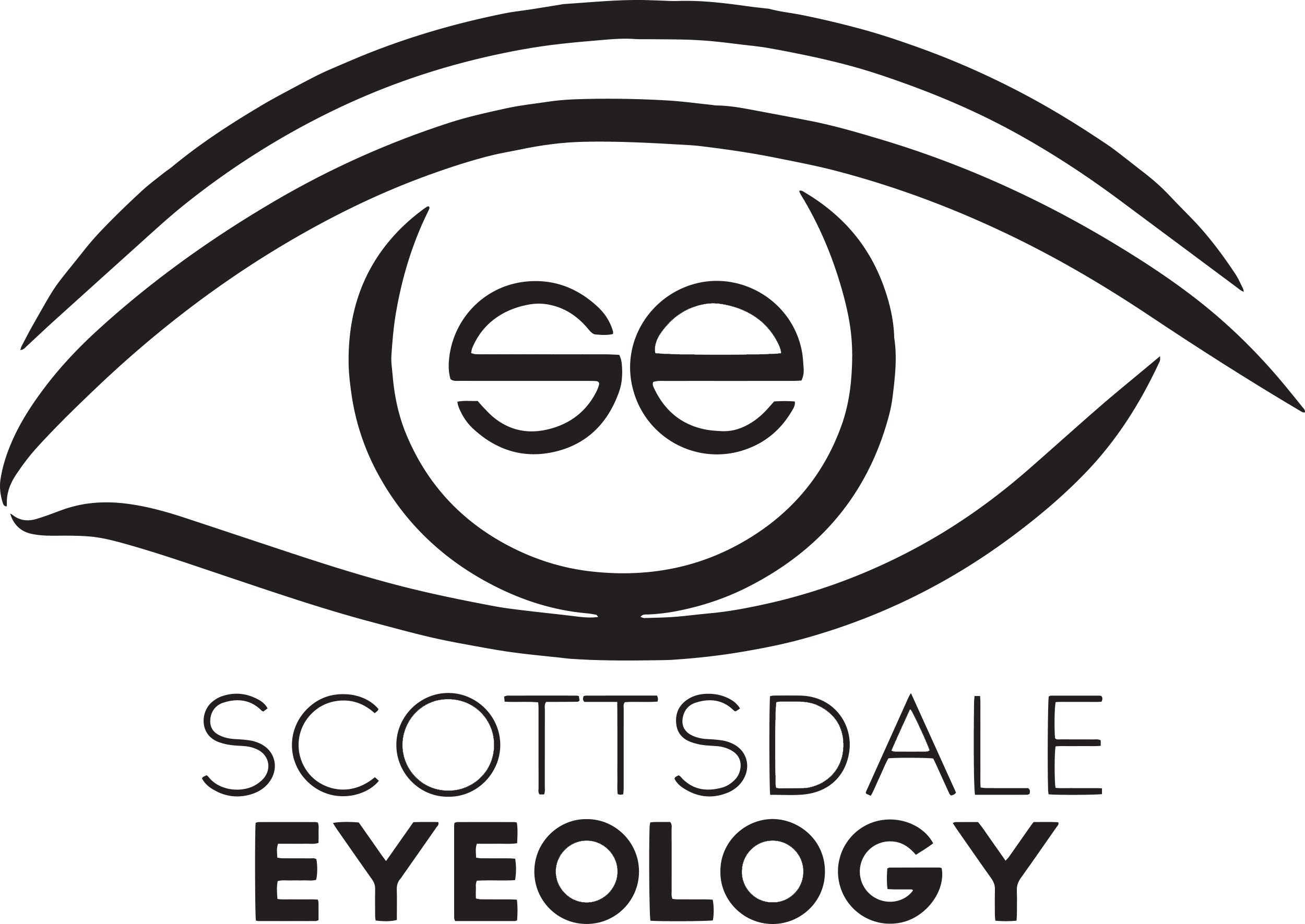Our bodies undergo numerous changes as we age, and our eyes are no exception. Glaucoma, a group of eye conditions that can lead to vision loss and blindness, becomes more prevalent with age. Understanding the link between glaucoma and aging is crucial for early detection, effective management, and preserving our precious sense of sight. In this informative blog, we delve into the key aspects of glaucoma in relation to aging, empowering you with essential knowledge to protect your eye health.
What Is Glaucoma?
Glaucoma is an eye disease that damages the optic nerve, primarily due to increased intraocular pressure (IOP). The optic nerve is responsible for transmitting visual information from the eye to the brain, and any damage to it can result in irreversible vision loss. While there are different types of glaucoma, the most common ones are open-angle glaucoma and angle-closure glaucoma. The former progresses gradually and is often asymptomatic until later stages, while the latter can cause sudden and severe symptoms.
Prevalence In Aging Population
One of the most critical factors contributing to the development of glaucoma is age. Statistics show that the prevalence of glaucoma rises significantly with each passing decade of life. Individuals over 60 are at a higher risk of developing glaucoma than younger people. Moreover, the incidence of glaucoma continues to increase as the population ages, making it a pressing public health concern worldwide.
Understanding The Mechanism
The exact mechanism of how aging contributes to glaucoma is unclear, but several factors play a role. As we age, the drainage system in our eyes that regulates intraocular pressure becomes less efficient, leading to a gradual increase in pressure. Additionally, the optic nerve may become more susceptible to damage over time due to changes in blood flow and reduced ability to repair cell damage. Other age-related eye conditions, such as cataracts and macular degeneration, can also influence the development or progression of glaucoma.
Symptoms And Detection
Glaucoma may not present any noticeable symptoms in the early stages, earning it the nickname “the silent thief of sight.” As the disease progresses, individuals may experience peripheral vision loss, tunnel vision, halos around lights, eye pain, headaches, and difficulty adjusting to low light. Regular eye exams are crucial, especially for individuals over 40, to detect glaucoma early when treatments can be more effective in preserving vision.
Management And Treatment
While there is no cure for glaucoma, early detection and appropriate management can significantly slow its progression and reduce the risk of vision loss. Treatment options may include eye drops to lower intraocular pressure, laser therapy to improve fluid drainage, and in some cases, surgical procedures. Your eye care professional will determine the most suitable treatment plan based on the type and severity of glaucoma.
The Bottom Line
As we age, the risk of developing glaucoma becomes more pronounced, making it imperative to prioritize regular eye exams and adopt healthy lifestyle habits to safeguard our vision. By understanding the link between glaucoma and aging, we can proactively protect our eye health and maintain a high quality of life. Remember, early detection and timely intervention are crucial in the battle against glaucoma, ensuring that our eyes serve us well as we gracefully age.


